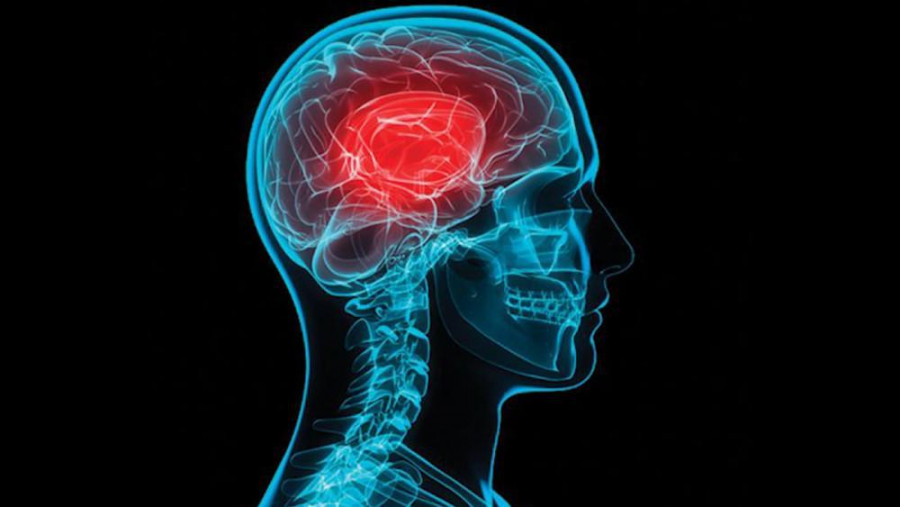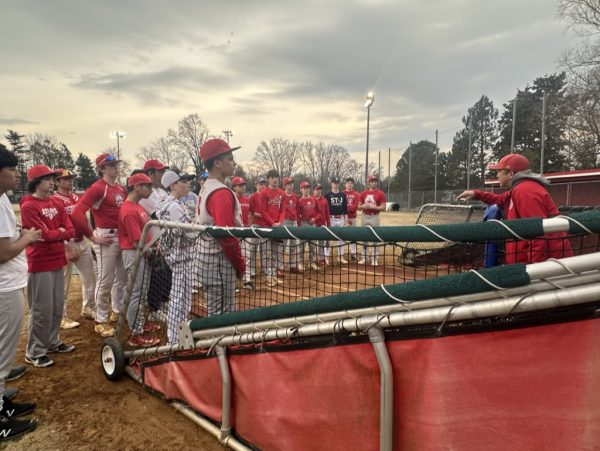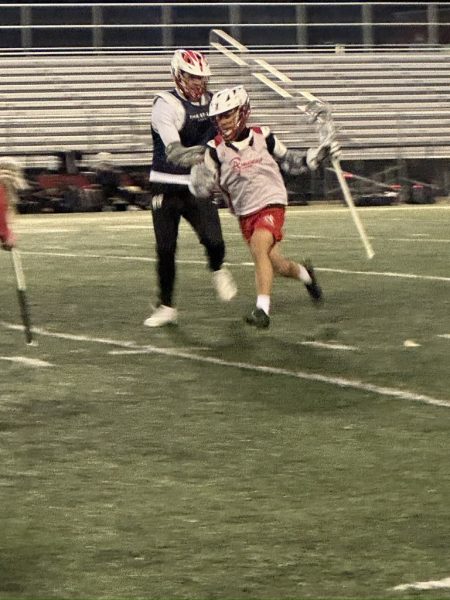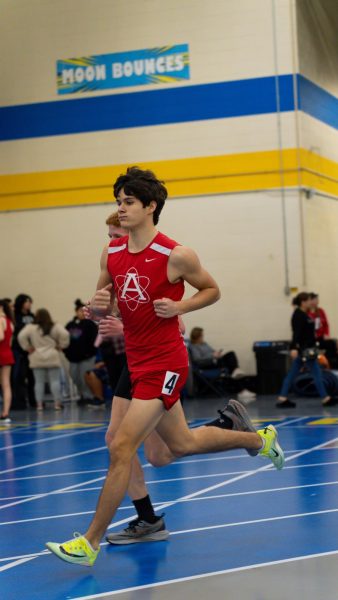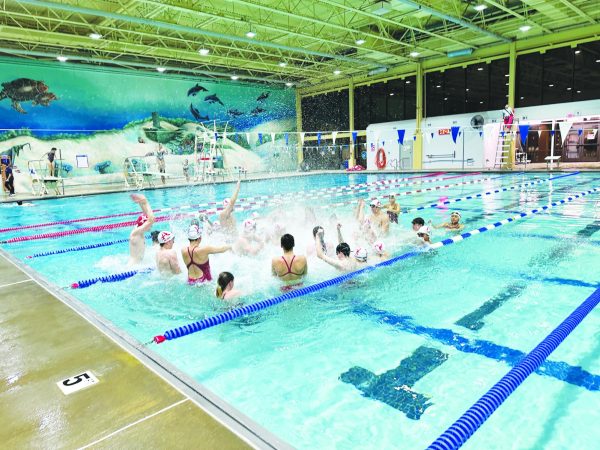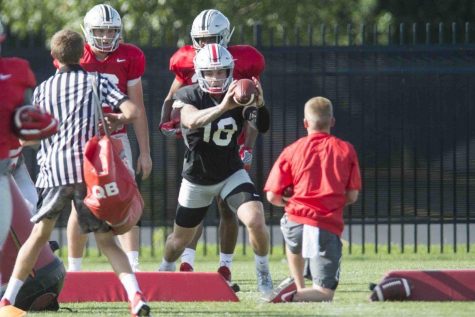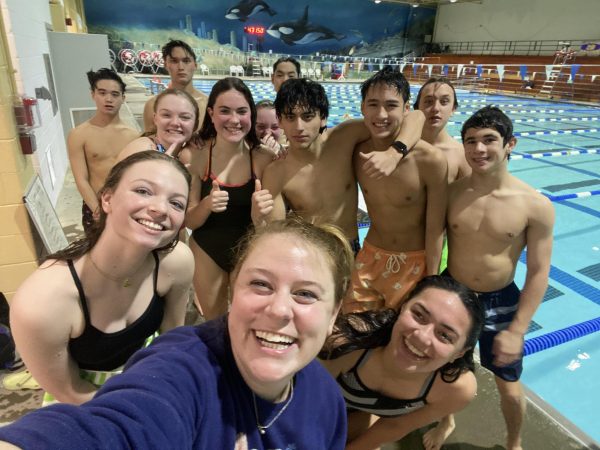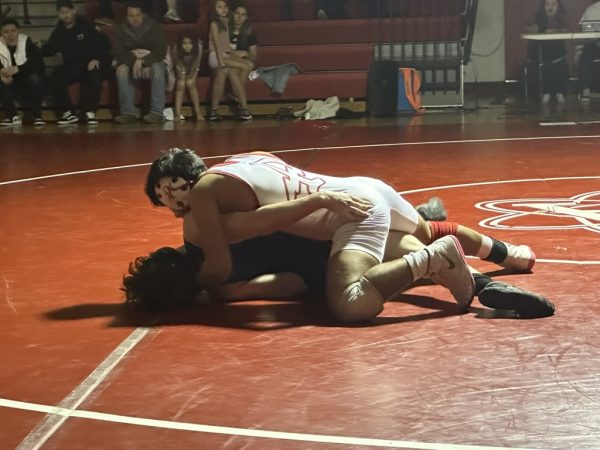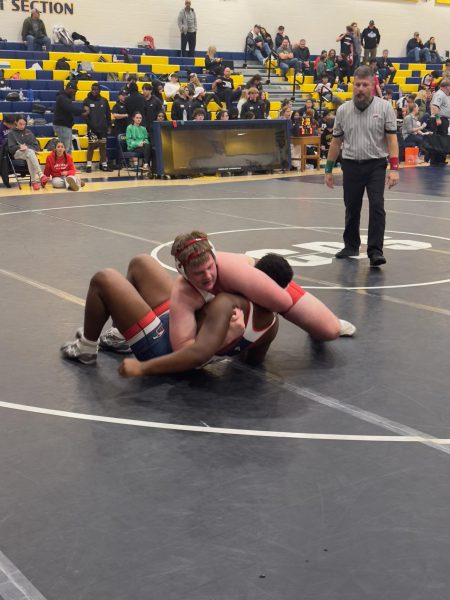Cracking down on Concussions
Basketball also dangerous
When people think of concussions in high school sports, football is the first sport that comes to mind. Although most concussions do take place in football, winter sports such as basketball and wrestling, also have very high concussion rates.
A concussion is described as a brain injury that is typically caused by a blow to the head or a violent shaking of the head and body. Higher contact sports have a greater risk of concussions.
Aproximately all sports-related concussions account for 3.8 million concussions per year and of that 2.4 million are from high school and teen sports. 63% of all concussions in the U.S. come from sport-related injuries. Of that 63%, 47% account for high school sports.
“I got my concussion in a basketball game last year,” junior Annika Yungner, a power forward on the girls varsity basketball team. “There was a cross-court pass and an elbow from an opponent that both hit my head at the same time.”
Girls basketball sees the third most concussions in all high school sports after football and girls soccer. According to the American Academy of Orthopaedic Surgeons, girls are at a significantly higher rate of getting concussions than boys.
“At first I didn’t know I had a concussion,” Yungner said. “It was ten minutes later when I felt very dizzy and had blurry vision.”
Concussions can put athletes out of sports for weeks. Recovery from a minor concussion can take up to 24 hours and as long as three weeks. Symptoms like dizziness and nausea can last multiple weeks after the injury. A major concussion, however, is very different. An athlete can be out for more than a month and is significantly more likely to get another one down the road.
“We have a pretty comprehensive program that we have at AHS,” athletic trainer Ryan Hughes said. “Every student that plays a sport has a baseline computer test. This tells us how their brain is working before a concussion. If a student does get a concussion we notify the parents and the student checks in with us every day until the symptoms go away completely.”
Once the symptoms have gone away, a rigorous five step return to play protocol. It starts with light conditioning then moves to longer conditioning. This leads to agility exercises, conditioning with the team, and finally contact practice.
Cumulative sports concussions are shown to increase the likelihood of catastrophic head injury leading to permanent neurologic disability by 39%.
Many think that new safety measures should be taken in sports to prevent injuries.
Wrestling has banned some high-risk moves in past years for fear of concussions and other injuries. Although wrestling has lower rates of concussions since the safety measures were implemented wrestling has had a slight drop off in concussion rates.
“You can’t entirely prevent concussions if you play a contact sport,” Yungner said. “All you can do is be prepared for it if it ever happens.”
Concussions and injuries, in general, are hard to prevent, but there are a couple things you can do on and off the court to be prepared. Wearing the proper equipment and talking to your coach or trainer after a knock to the head are good ways to ensure that you don’t have a concussion. Knowing the symptoms and taking the proper concussion education courses are ways off the court or field to help.
In no way should this discourage students from playing a sport. Concussions and other sports injuries are always a possibility in any sport you play, but playing a sport has so many other benefits for high school students.

Sophomore Jane Elkins is an Editorials Editor for the A-Blast. This is her second year working on the A-Blast, as she worked as a staff writer the year...



